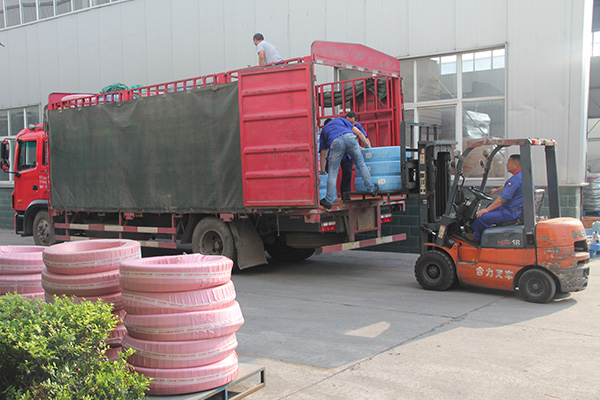Selecting a High Anti-Corrosion Air Hose Kit
2023-02-25 09:05:50
Air hoses are essential for maintaining air pressure and for delivering compressed air. They come in flexible, rigid, or rubber forms. They are used in many different industries, from mining to agriculture to drilling. However, it is important to select the right type of hose.
There are many options for air hoses, including PVC and rubber. The material of the hose has a bearing on its durability and its ability to resist corrosion. The inside diameter of an airhose is also important. It should be chosen according to the requirements of the work environment and the media carried by the hose.
You should also consider the length of your air hose when choosing one. Choosing the wrong length will impose excessive stress on the hose and its fittings. This will result in reduced hose life. To extend the reach of your hose, you can also add couplers.
It is important to choose the right length for your air hose in order to avoid kinking. Kinking can cause the hose's to burst, or even rupture. In addition, it can cause damage to the fittings. If you are looking to buy a hose for spray painting or other applications that involve a large amount of torque, you may want to go with a larger hose.
Another consideration when choosing an air hose is the type of tool you are using. A handheld nailer may only need a 6mm ID pipe, while a drill might require an 8-10mm ID pipe. Depending on the tool, you should also check the "average" flow rating. These ratings will give you an idea of how much air you can use with the tool. A few millimeters in diameter will be sufficient for some tools that run on low CFM (cubic foot per minute).
An air hose should not come into contact with sharp objects, as it can chip or break. Furthermore, it should not be exposed to extreme temperatures. The hose can crack or discolor if it is exposed to extreme cold and heat. Foreign particles can also be carried through the hose.
If you are working in a confined space, such as a garage, metal fittings might be a good choice. These fittings can help you get the most hose in a limited space. Metal fittings are also available in swivel and many other options.
The hose's inside diameter is another important feature to consider when buying an air hose. This should be the same size as the compressed air hose's overall length and air consumption.
Air hoses are available in different materials, including nitrile, PVC, and rubber. Each material is suitable for different environments. Rubber offers better oil resistance and better electrical resistance. Hybrid hoses combine a blend of rubber and polyurethane to offer a lighter, more flexible hose that is easy to remove.
Air hoses are durable and can be used for many years. There are several industry standards and guidelines that you should follow when purchasing an air hose. These include the International Standards Organization (ISO), the European Norm and the German Institute for Normung.